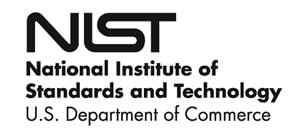RSS feed source: National Science Foundation
U.S. National Science Foundation-funded researchers discovered that subtle changes in magma composition may drive tremors during volcanic eruptions, offering a new tool for forecasting volcanic activity and guiding hazard assessments.
Volcano forecasts are critical for protecting lives and property by warning nearby residents to evacuate, take safety precautions and seek emergency services. In addition to offering new clues into the cause of volcanic tremor, a key eruption monitoring parameter, this study shows the benefit of combining petrological data collection, like ashfall, with geophysical data to improve eruption forecasting, hazard assessment and decision-making during volcanic crises.
After lying dormant for 50 years, the Cumbre Vieja volcano in the Canary Islands erupted in September 2021, forcing thousands of residents to evacuate. Over the next 85 days, the eruption destroyed over 3,000 buildings and hundreds of acres of farmland.
Working with local scientists, a research team led by Queens College of the City University of New York (CUNY), in collaboration with the CUNY Graduate Center and the American Museum of Natural History, set up a system near the volcano that collected samples of falling ash almost daily, capturing 94% of the eruption timeline. This study represents an unprecedented level of detail, revealing critical insights into internal magma properties and eruption dynamics throughout the three-month eruption.
Analysis revealed that in the first week of the eruption, magma had higher concentrations
Click this link to continue reading the article on the source website.

